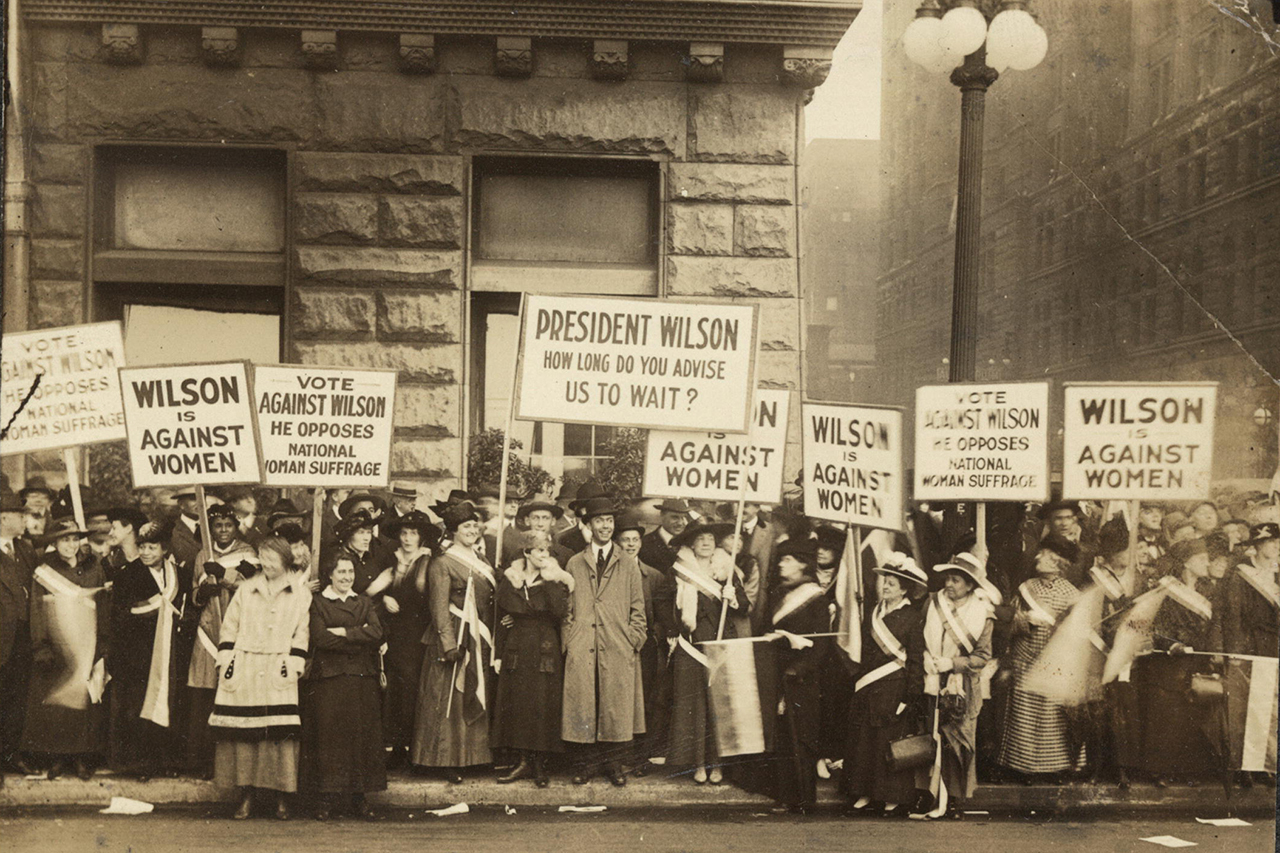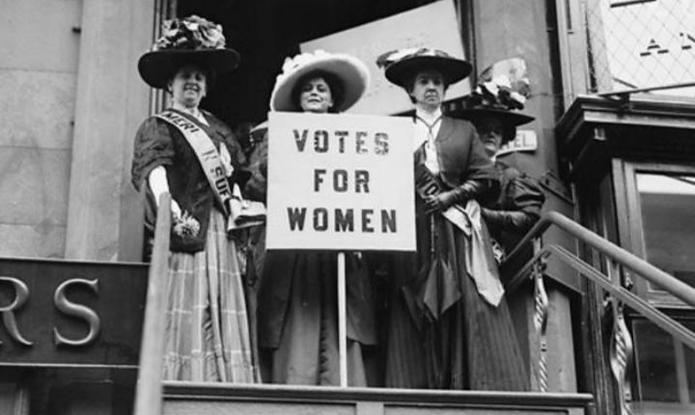Votes for Women: The Fight for the 19th Amendment

Women’s suffrage was a full-blown political battle that began in the mid-1800s and stretched into the 20th century.
The Dive
In 1848, the first Women’s Rights Convention was held in Seneca Falls, New York. Elizabeth Cady Stanton and Lucretia Mott helped draft a 'Declaration of Sentiments' demanding equal rights—including the right to vote.
In the decades that followed, women like Susan B. Anthony, Sojourner Truth, and Ida B. Wells fought for suffrage, often facing racism, sexism, and government resistance. The movement split over how to prioritize race and gender in voting rights after the Civil War.
The National Woman Suffrage Association pushed for a constitutional amendment, while others focused on state-by-state campaigns. Western states like Wyoming and Colorado were the first to grant women the vote.
In the early 1900s, younger activists like Alice Paul and Lucy Burns brought new energy and tactics, organizing parades, hunger strikes, and pickets in front of the White House—even during wartime.
In 1917, women protesting outside the White House were arrested and jailed. Their mistreatment—including force-feeding during hunger strikes—sparked national outrage and helped shift public opinion.
On June 4, 1919, Congress passed the 19th Amendment. It stated that voting rights could not be denied 'on account of sex.' It was ratified by the states on August 18, 1920.
While it was a major victory, the amendment did not eliminate barriers for all women. Black, Native American, Latina, and Asian American women often faced voter suppression tactics for decades to come.
The suffrage movement changed what democracy looked like—but also showed how long the fight for true equality can take.
Why It Matters
This moment wasn’t the end of the story—it was a new chapter. The 19th Amendment redefined democracy, expanding the idea of who counted in the 'we the people.' But it also reminds us: rights are rarely handed over—they're demanded, organized for, and won through struggle.
?
What challenges did women face in gaining the right to vote?
How did race and class impact who had access to voting even after the 19th Amendment?
What tactics did suffragists use to change public opinion and laws?
How does the story of the suffrage movement connect to modern movements for voting rights?
Dig Deeper
In 1920, women in the U.S. gained the right to vote - but only after a struggle that lasted more than 70 years! Learn how suffragists fought for the 19th amendment.
PBS looks back on the long road to ratification for the 19th Amendment. This video explains how the Seneca Falls Convention wasn't seen as important at the time and how some of the most famous suffragists of the time (Susan B. Anthony, Lucretia Mott, and Elizabeth Cady Stanton) wrote a whole history book to ensure they were remembered.
Related

Gerrymandering: When Maps Become Weapons
What happens when politicians choose their voters instead of the other way around? Welcome to the twisted world of gerrymandering.

The Wilmington Coup: When Democracy Was Burned Down
In 1898, Wilmington, North Carolina had a thriving Black middle class, a multiracial government — and then a white mob overthrew it. Armed. Organized. Violent. This was no riot. It was a coup.

The Right to Protest & Civil Disobedience: How Activism Shapes Democracy
From labor strikes to mass demonstrations, activism has been the engine of social change. But what makes a movement successful? This deep dive explores the different roles in activism, the power of civil disobedience, and why protests are essential to democracy.
Further Reading
Stay curious!
